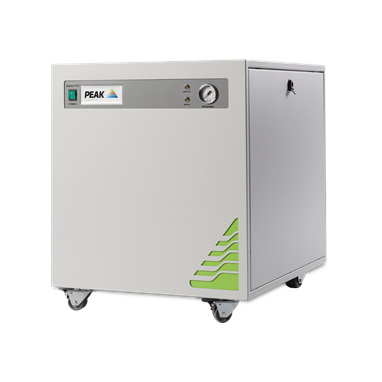Laser Ablation Process
Laser ablation is a process in which a laser beam is used to remove a portion of mass from a sample, usually as a sampling method for isotopic or elemental analysis of a solid sample. The mass from the sampling material is exposed to intense laser energy, as photon emissions are monitored at the surface of the sample. This is known as laser-induced breakdown spectroscopy (LIBS). The ablated material is subsequently transported to a second excitation source of an ICP-MS (inductively coupled plasma-mass spectrometry) instrument.
The process of laser ablation coupled with ICP-MS (LA-ICP-MS) is a fascinating analytical technique, as it can perform chemical analysis down to parts per billion. It also has many benefits for analytical chemistry by eliminating the more traditional and complex sampling methods. Some of these LA-ICP-MS advantages include minimal to no sample preparation, lower risks of sample contamination and analysis of materials which cannot be separated from the sample for analysis. Additionally, there’s no requirement for a vacuum system for the analysis of both conducting and non-conducting samples. LA-ICP-MS results are then delivered in real-time, within seconds.
Nitrogen Gas and Laser Ablation
When using laser ablation for LA-ICP-MS, labs require nitrogen gas to be used as a purge gas to blanket parts of the laser beam. Using laser ablation equipment by Teledyne, The Slovenian National Institute of Chemistry recently used Peak’s Genius 1053 nitrogen generator with their laser ablation instrument to protect the optical beam-train.
High energy pulses of UV laser light at 193 nm are delivered in the optical beam-train and nitrogen gas is required to block out oxygen and water vapour present in air which would otherwise erode the optical elements of the beam-train. Dr.Vid Simon Šelih, researcher at the Institute, also notes that nitrogen gas N2 prevents reduction of energy of the laser pulses transmitted down the beam-train.
Peak’s Genius 1053 nitrogen generator offers a safe and user-friendly solution for labs using nitrogen gas for laser ablation. It also provides a more cost-effective alternative to nitrogen gas cylinders, requiring a one-time delivery only, thereby eliminating additional costs of repeated cylinder deliveries and rental charges. With an in-house nitrogen generator like Genius 1053, labs can simply plug-in their system and start producing their own nitrogen gas on-demand.
Supplying nitrogen gas with a nitrogen generator for laser ablation means removing the need to have potentially dangerous high-pressure gas cylinders on-site, providing labs with a dependable and convenient nitrogen gas source, available 24/7.
Sources:
https://pubs.acs.org/doi/10.1021/ac4005327
https://appliedspectra.com/technology/la-icp-ms.html
https://www.sciencedirect.com/science/article/abs/pii/S0039914002000449

